RGB LED Lights
Learn how to program a touchscreen interface with a PIC24EP512GU810 to control a grid of RGB LED lights!
The touchscreen can be used to change the text displayed and the brightness, flashing rate, and color of the RGB LED lights. The LED display uses PIC® processors and consists of 16 rows and 16 columns of lights, creating a grid of 256 LEDs.
A modified version of West Mountain Radio's RIGrunner 4008H is used as the DC power distribution panel. The RIGrunner and touchscreen board are connected to a +5V 100A power supply.
There are eight boards attached behind the wooden display that each have two rows of LED lights. Each of these boards are connected to the RIGrunner for power and to the touchscreen board for programming commands.
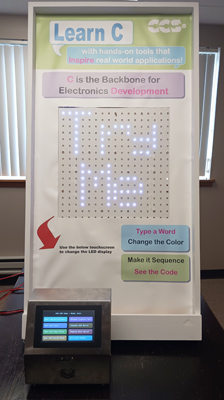
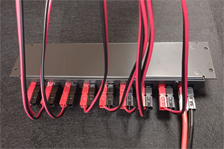
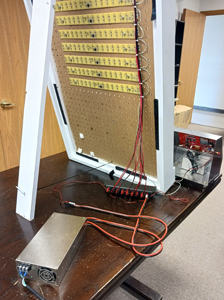
See the images below for some of the menu options on the touchscreen interface. The buttons are programmed using a tool called Interface Designer that is included in the CCS C Compiler IDE. For more details on how this was done, watch the video near the top of the page!
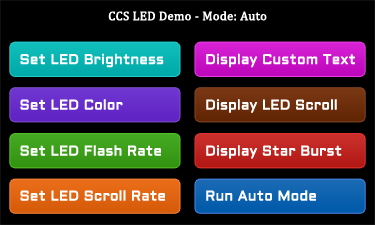
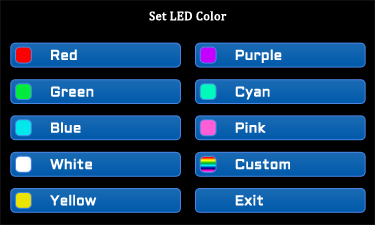
If the text fits on the LED board, then it will flash. Otherwise, it will scroll across. Both the flashing rate and the scrolling rate can be set. Instead of displaying text, a star burst or scrolling light animation can be displayed. Running auto mode sets all of the values to a pre-programmed default.
For changing the LED color, there are 8 preset colors to choose from. There is also an option to pick a custom color by entering 3 values for RGB (red, green, and blue).
Related Development Kit
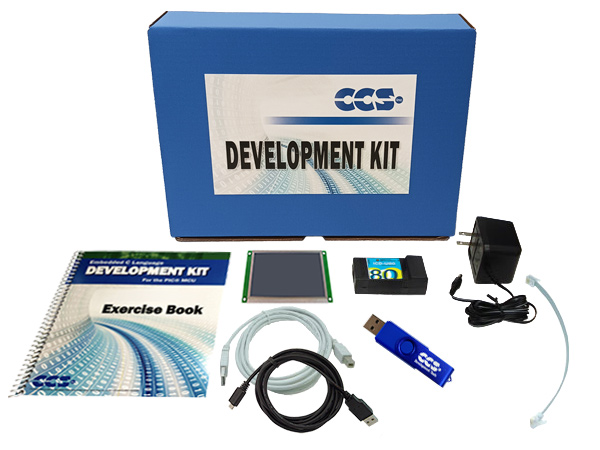
Learn more about a related product called Touch Display 4.3 Development Kit! The board has a 4.3" 480x272 TFT display with a resistive touchscreen, a 256 megabyte flash, capable of storing hundreds of 480x272 images and custom fonts, a USB connection and 8 digital I/O pins that can be used for external inputs and outputs. Included is a software IDE to draw out a GUI and the C library for drawing graphics and handling touch.



